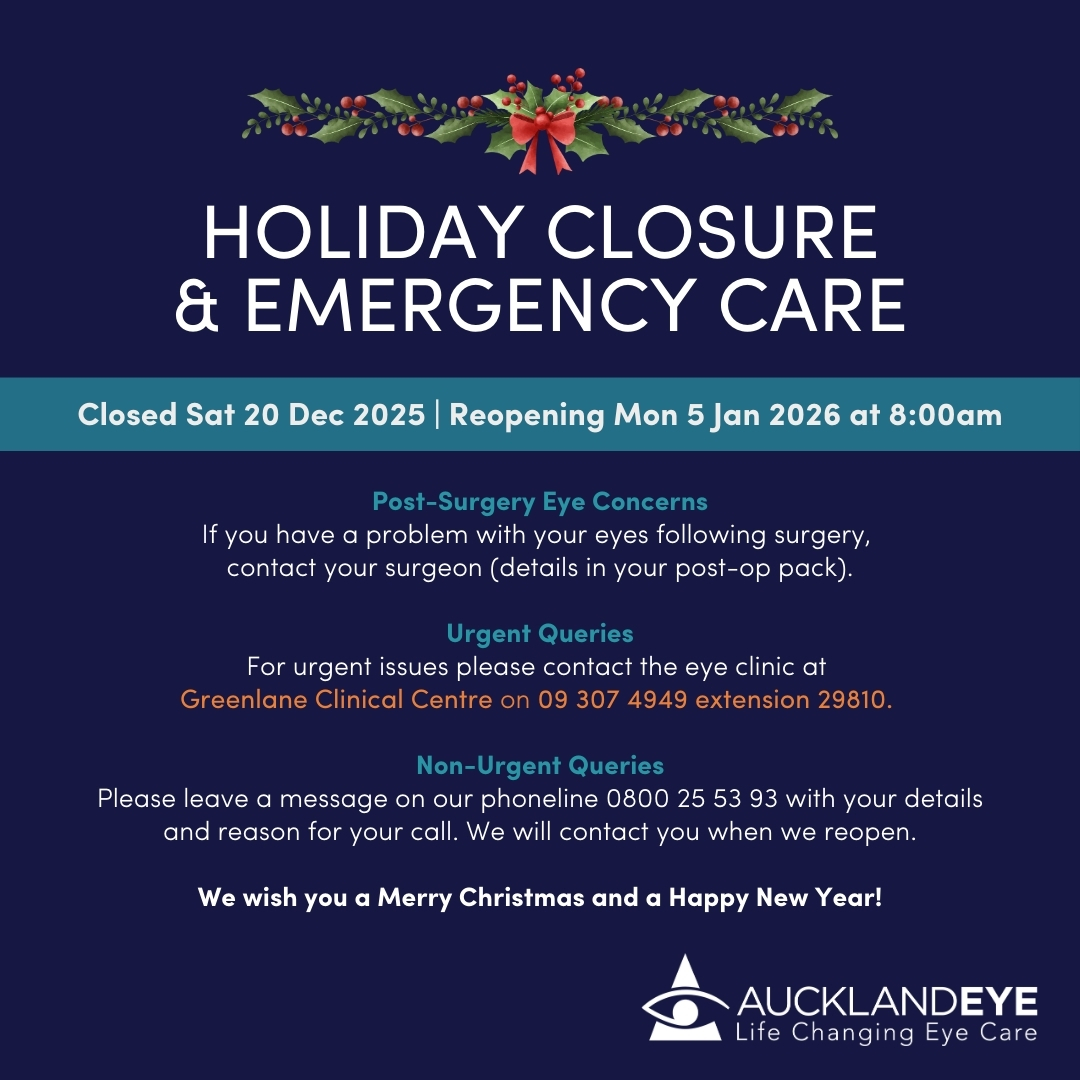Red Eyes: Common Causes and When To Take Action
Red eyes are common and often harmless, but sometimes signal serious eye conditions—knowing when to seek care can help protect your vision.

Cataract surgery is one of the most common and successful procedures performed worldwide. It restores clear vision by removing the cloudy lens of the eye and replacing it with a clear artificial intraocular lens (IOL).
There are several types of lenses available; Monofocal, Multifocal, Extended Depth of Focus (EDOF), Toric and Monovision. Each lens is designed to meet specific visual needs and lifestyle preferences. Choosing the right lens for you is an important part of planning for your cataract surgery.
Monofocal lenses are the most used IOLs. They are set to focus at a single distance, either near, intermediate, or far. Many patients opt to have them set for clear distance vision, which typically means needing reading glasses for near tasks. These lenses are reliable, covered by most healthcare systems and insurance providers, and provide excellent clarity at the chosen focal length.
Best for: Patients who are happy to continue wearing glasses for some tasks.
Multifocal IOLs are designed with multiple zones of focus, allowing patients to see well at different distances; near, intermediate, and far, without relying as heavily on glasses. While they can reduce the need for glasses, some patients may notice glare or halos around lights, particularly at night.
Best for: People who want greater independence from glasses in most day-to-day activities.
EDOF lenses create a continuous range of vision, usually from distance to intermediate (such as for driving or computer work), with some improvement in near vision. They tend to produce fewer issues with glare or halos than multifocal lenses, making them a good compromise between clarity and convenience.
Best for: Patients who want good vision for most activities and don’t mind using glasses occasionally for fine print or very close tasks.
For patients with astigmatism, toric lenses are an excellent choice. They are specifically designed to correct the uneven curvature of the cornea, which standard lenses cannot address. Toric lenses can be monofocal, multifocal, or EDOF, offering flexibility depending on visual needs.
Best for: Patients with astigmatism who want the sharpest possible vision after surgery.
Another option is monovision, where one eye is fitted with a lens for distance and the other for near vision. This approach can reduce dependence on glasses, but it does take some adjustment and may not suit everyone.
Best for: Patients who have successfully tried monovision with contact lenses or who are comfortable adapting to different visual inputs.
The best lens depends on your lifestyle, hobbies, and priorities, whether that’s enjoying reading without glasses, driving safely at night, working comfortably on a computer, or reducing glare while playing sport. Your ophthalmologist will guide you through the options, considering your eye health, prescription, and personal goals.

Book a consultation with our cataract specialists today and discover which lens could give you the clearest view of life after cataract surgery.
📞 Call us on 0800 25 53 93
🌐 Let Auckland Eye bring clarity to your life, click here to book online.

Red eyes are common and often harmless, but sometimes signal serious eye conditions—knowing when to seek care can help protect your vision.

Many people notice their eyes feel drier, more irritated, or more tired over the holiday period and it’s no coincidence.

Auckland Eye will be closed for the Christmas and New Year Break from Saturday, 20 December 2025 and will reopen on Monday, 05 January 2026 at 8:00am.